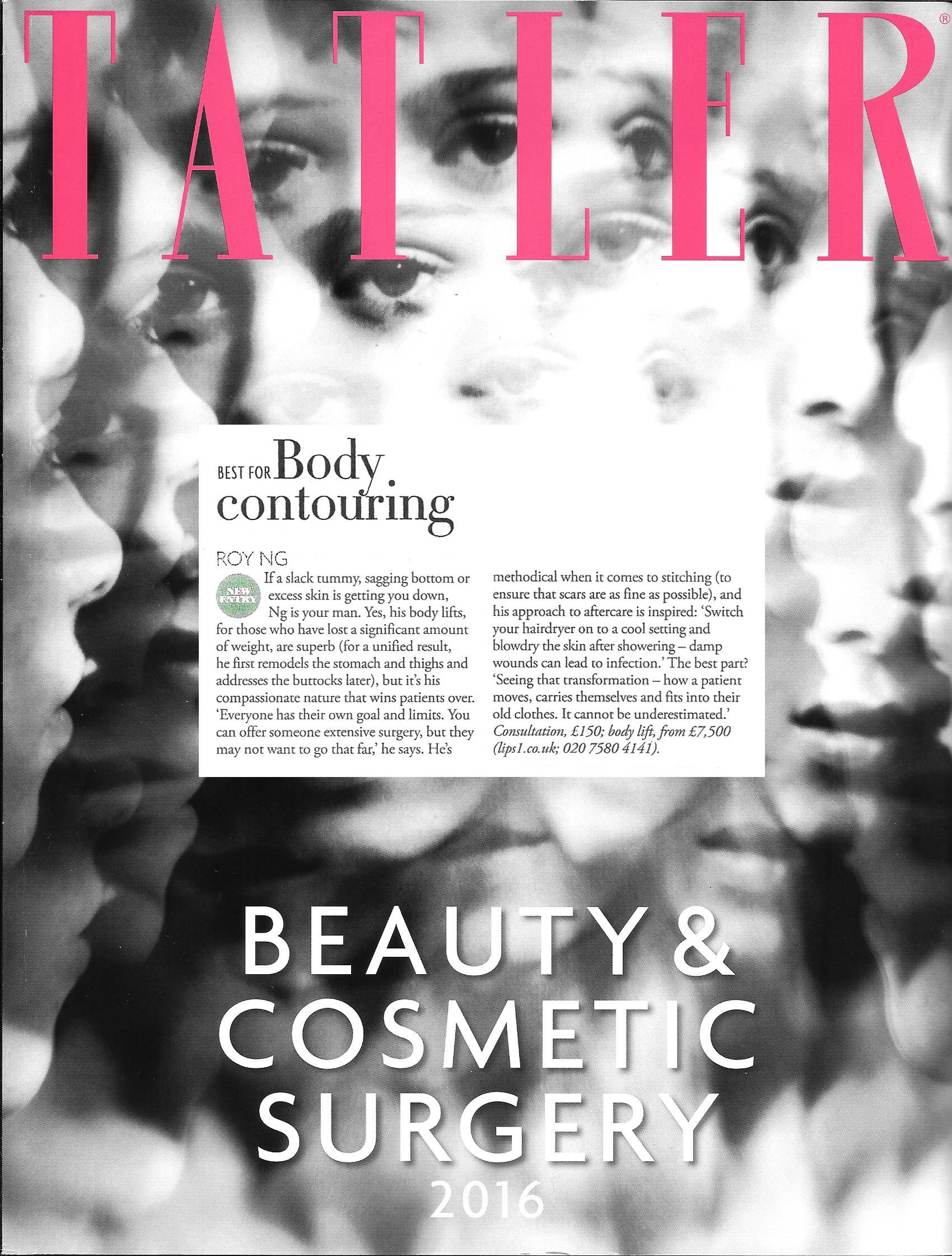
You may be considering a autologous tissue breast reconstruction if you're thinking about getting a breast-implant after radiation. This involves transferring excess abdominal tissue to the chest and using the specialized microsurgery techniques. This procedure is performed by a double-board certified surgeon, who has also been fellowship trained in this area.
Incidence of complication
Radiation-related complications can adversely affect the outcome of breast implant surgery. Multiple procedures may be required before satisfactory results are achieved. In severe cases, breast implants may be removed. The other complications include hematoma. Hematoma is the accumulation of blood near an area where surgery has taken place. This can cause swelling and bruising. This is more common in patients who have had an infection or seroma. A doctor may need to perform a reoperation to remove the complication.
Implant contracture (or asymmetry) is another danger associated with radiation treatment. This complication is typically caused by muscle, and revision surgery may be necessary to correct the condition. Before surgery, the surgeon will measure and mark the contracted superior Pole contour. The surgeon may also mark the desired superior Pole contour two to 4 centimeters below that contracted pole contour. The final breast shape must be identical to the non-irradiated counterpart.

Impact on quality of life
Research into breast cancer is continuing to explore the impact radiation and breast-implant placements on quality life. The combination of the two procedures is shown to improve patient quality of life and satisfaction with cosmetic results. However, there is still debate as to which approach is best. Research can help us to find the best way for patients to communicate our opinions.
Modern surgery, radiation therapy, and chemotherapy can lower the risk of breast tumor recurrence. The recurrence rates for modern treatments are 5% to 7% in the first ten years and 6%–7% in the second ten years. Radiation therapy can increase the chance of complications for breast cancer survivors.
Problems
Radiation therapy and breast implants can cause serious complications for women. These risks include a decrease of breast elasticity and firmness. Moreover, radiation damages the microvascular circulation, reducing blood flow. These side effects can last a lifetime. Radiation treatment can also cause inflammation and damage to the lungs. This can lead to shortness and dry cough.
Researchers looked at the complications rates of patients who received breast implant and radiation reconstructions. These researchers found that 39% percent of patients receiving radiation-irradiated breast implants experienced at least one problem. This is higher than patients who had only implants and underwent autologous restoration. The overall complication rates were however comparable.

Treatment options
Breast reconstruction and autologous tissues transfer are the two main options for treatment of radiation-induced, breast cancer. The latter approach involves transferring excess skin and fat from the abdomen or back to the chest. This approach improves the quality of the chest wall tissues and uses the patient's own blood supply. While the procedure can take longer, there may be fewer complications.
Breast implantation surgery and radiation therapy can have many risks. Choosing the right treatment option is crucial for your overall health and comfort. Radiation can also result in scarring and hardening breast implants. This can make the breasts look less beautiful. It can also cause chronic pain. Radiation therapy can also cause chronic pain. Breast reconstruction is recommended following radiation therapy.